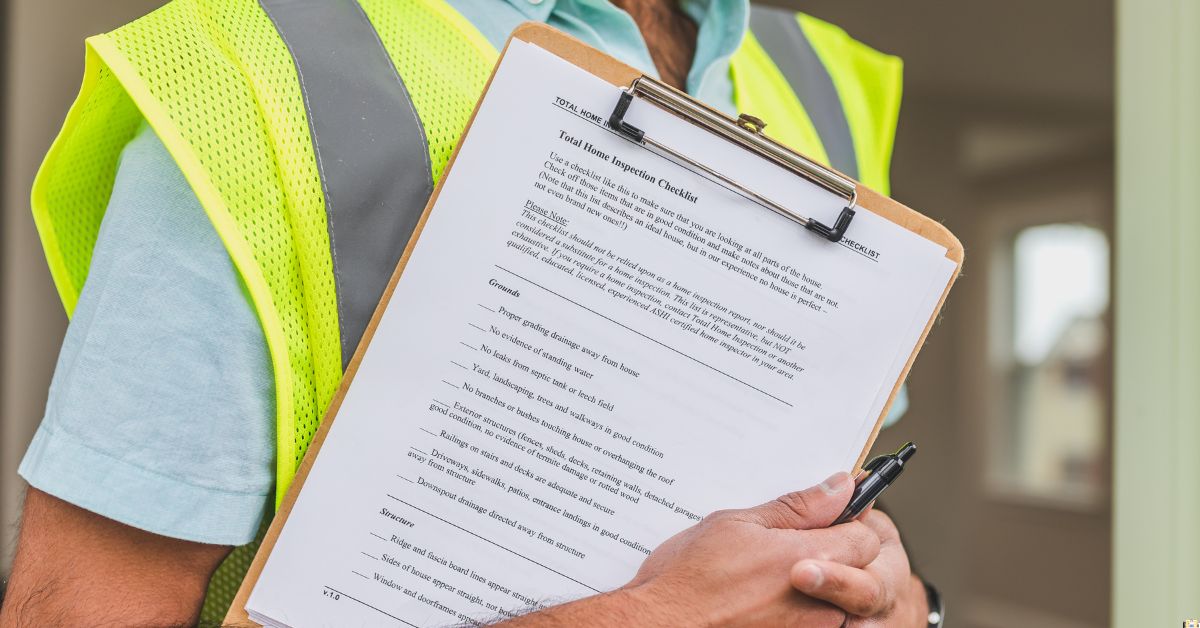The world of home design is ever-evolving, driven by a fusion of technology, sustainability, and a changing cultural landscape. As we step into the future, new trends in interior and architecture are reshaping the way we perceive and experience our living spaces.
1. Sustainable Living
In the coming years, sustainability will play a pivotal role in shaping home design. With a growing awareness of environmental issues, homeowners are increasingly seeking eco-friendly solutions. Architects and interior designers are incorporating sustainable materials, energy-efficient systems, and green spaces into their designs.
2. Smart Homes
The rise of smart home technology is transforming the way we interact with our living spaces. From automated lighting and thermostats to AI-driven home assistants, the future home is a connected one. Integrating these technologies seamlessly into the architecture and interior design will be a key focus, creating homes that are not just smart but also aesthetically pleasing.
3. Flexible Spaces
Modern lifestyles demand flexibility, and future home designs will reflect this need. Multi-functional spaces that can adapt to different purposes will become increasingly common. For example, a home office that transforms into a guest bedroom or a living room that converts into a home theater. This adaptability enhances the functionality of a space, making it more versatile and efficient.
4. Biophilic Design
Bringing nature indoors is a trend that continues to gain momentum. Biophilic design integrates natural elements such as plants, natural light, and water features into the home. This not only enhances the visual appeal of the space but also promotes well-being and a connection to the environment. Expect to see more homes designed to maximize the benefits of nature within their walls.
5. Minimalism with a Personal Touch
While minimalism has been a dominant trend in recent years, the future of home design will see a shift towards personalized minimalism. Homeowners will embrace simplicity while adding unique, personal touches to their spaces. Customization will play a crucial role, allowing individuals to express their personalities and preferences within the framework of minimalist design principles.
6. Virtual and Augmented Reality in Design
The use of virtual and augmented reality in home design is set to revolutionize the way we plan and visualize spaces. Virtual reality (VR) allows homeowners to take virtual tours of their homes before construction begins, while augmented reality (AR) enables them to see how different furniture and design elements would fit into their space in real-time. These technologies enhance the design process, providing a more immersive and interactive experience.
7. Artisanal and Handcrafted Elements
In contrast to mass-produced furniture and decor, the future of home design will see a resurgence of artisanal and handcrafted elements. Homeowners are increasingly valuing unique, handcrafted pieces that tell a story. This trend promotes craftsmanship, supports local artisans, and adds a sense of authenticity to home interiors.
Conclusion
As we look ahead to the future of home design, it’s clear that innovation, sustainability, and a focus on well-being will shape the homes of tomorrow. The integration of smart technology, the emphasis on sustainability, and the desire for flexible, personalized spaces are driving forces behind the evolving trends in interior and architecture. Whether it’s bringing nature indoors, embracing minimalism with a personal touch, or leveraging virtual and augmented reality, the future of home design promises to be both exciting and transformative.
Stay tuned as architects and designers continue to push boundaries, creating homes that not only meet the functional needs of occupants but also contribute to a more sustainable, connected, and aesthetically pleasing world.


